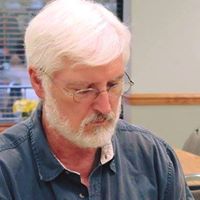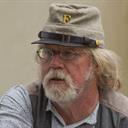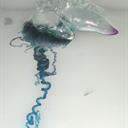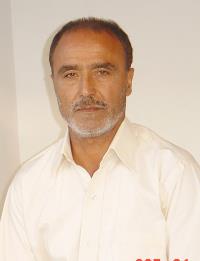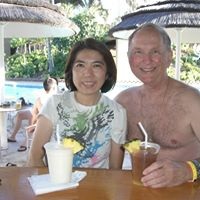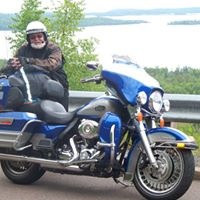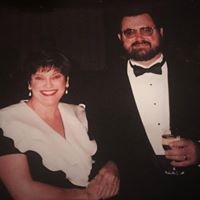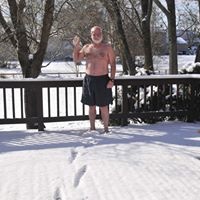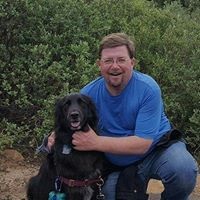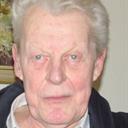What was the name of the U.S. Army Air Force B-29 that dropped the atomic bomb on Nagasaki?
Three days after the Enola Gay dropped the atomic bomb named Little Boy on Hiroshima, the B-29 known as Bock's Car (or Bockscar) unloaded the second nuclear device nicknamed Fat Man on the Japanese industrial city Nagasaki.
Bock's Car was used in 13 training and practice missions from Tinian _ the air base where the nuclear missions were launched _ and three combat missions in which it dropped pumpkin bombs on industrial targets in Japan. On 9 August 1945, Bock's Car, piloted by the 393d Bombardment Squadron's commander, Major Charles W. Sweeney, dropped a bomb with a blast yield equivalent to 21 kilotons of TNT over Nagasaki. About 44% of the city was destroyed; 35,000 people were killed and 60,000 injured.
The name Bock's Car was a play on words of the railroad term boxcar in that the captain of the plane was Captain Frederick Bock. However, the Nagasaki mission was flown by the crew of the plane The Great Artiste. The original target was Kokura but adverse cloud conditions resulted in the bomb being dropped on the secondary target, Nagasaki.
After the war, Bock's Car returned to the United States in November 1945. In September 1946 it was given to the National Museum of the United States Air Force at Wright-Patterson Air Force Base, Ohio. The aircraft was flown to the Museum on 26 September 1961, and its original markings were restored. Bock's Car is now on permanent display at the National Museum of the United States Air Force, Dayton, Ohio.
More Info:
en.wikipedia.org
